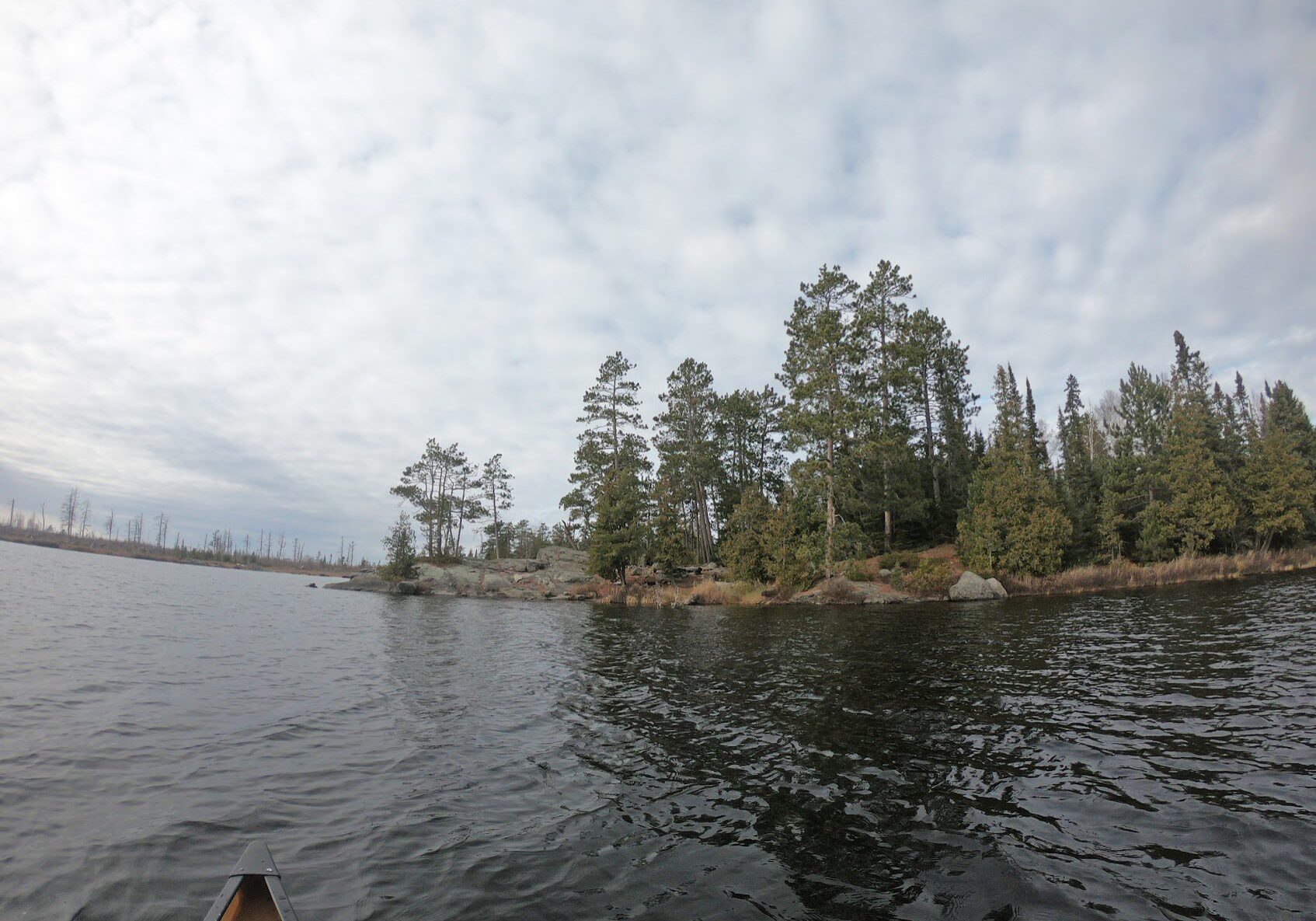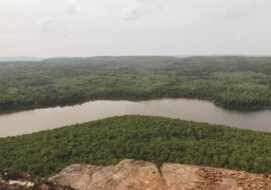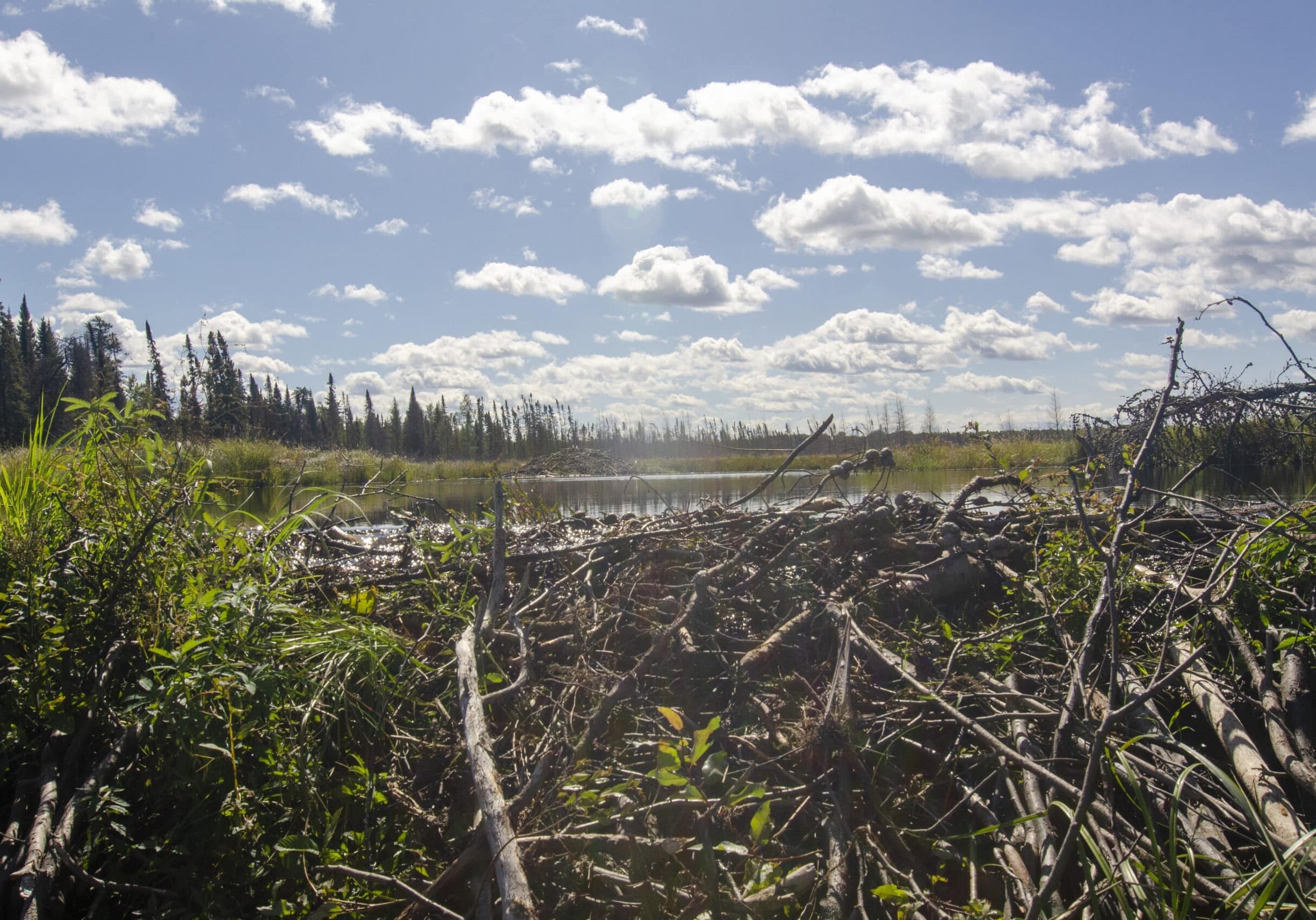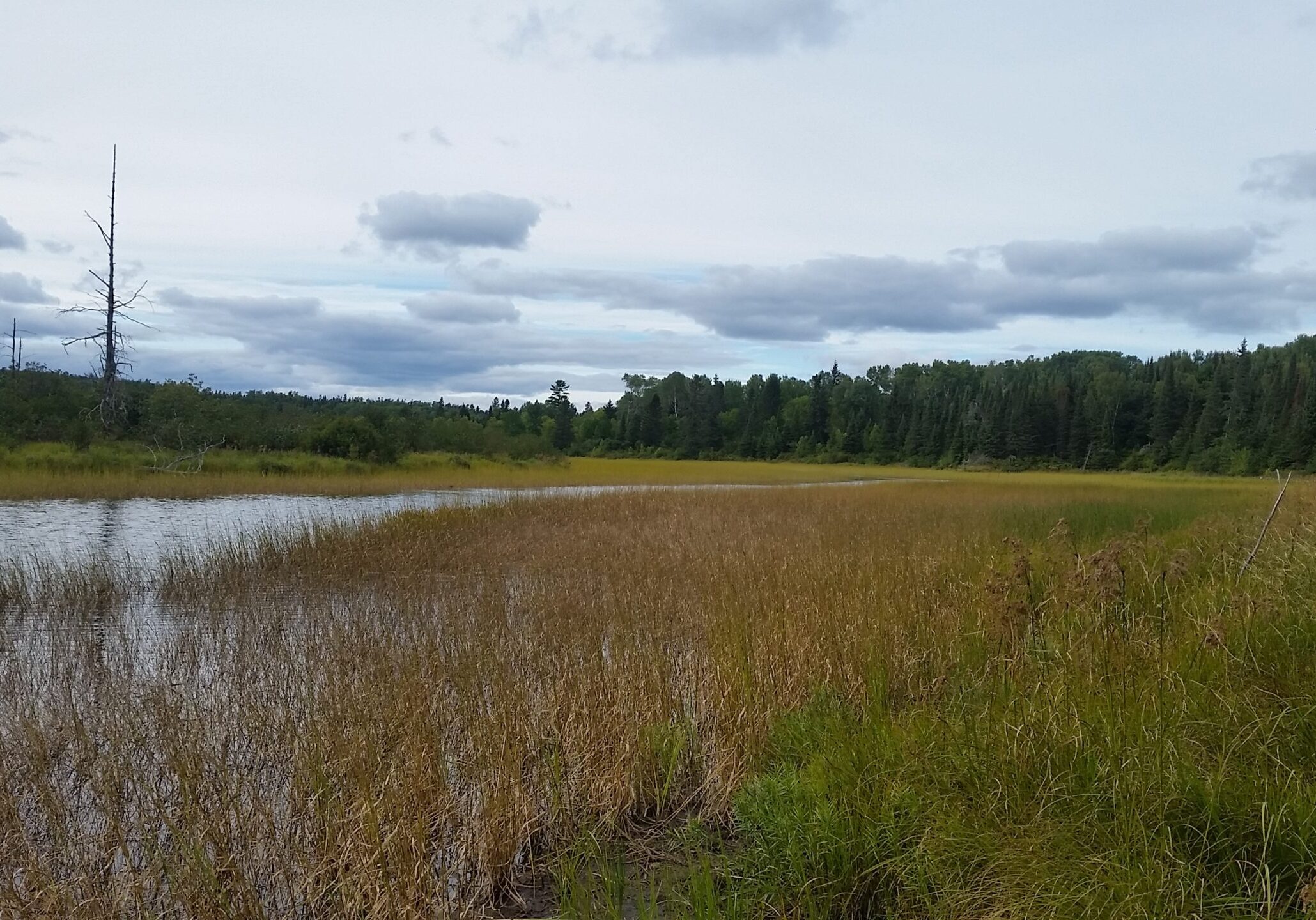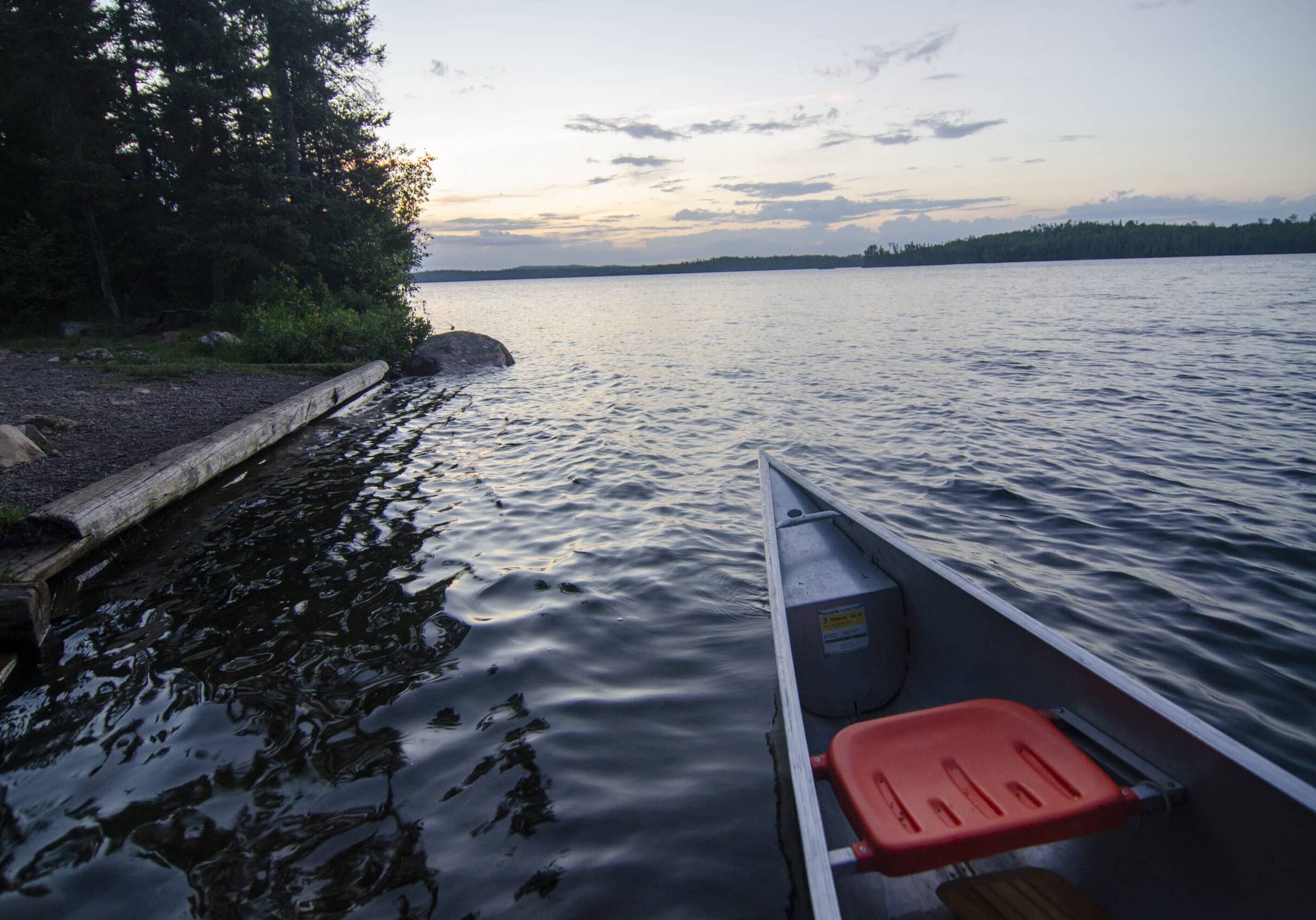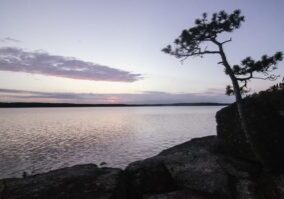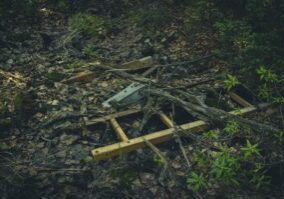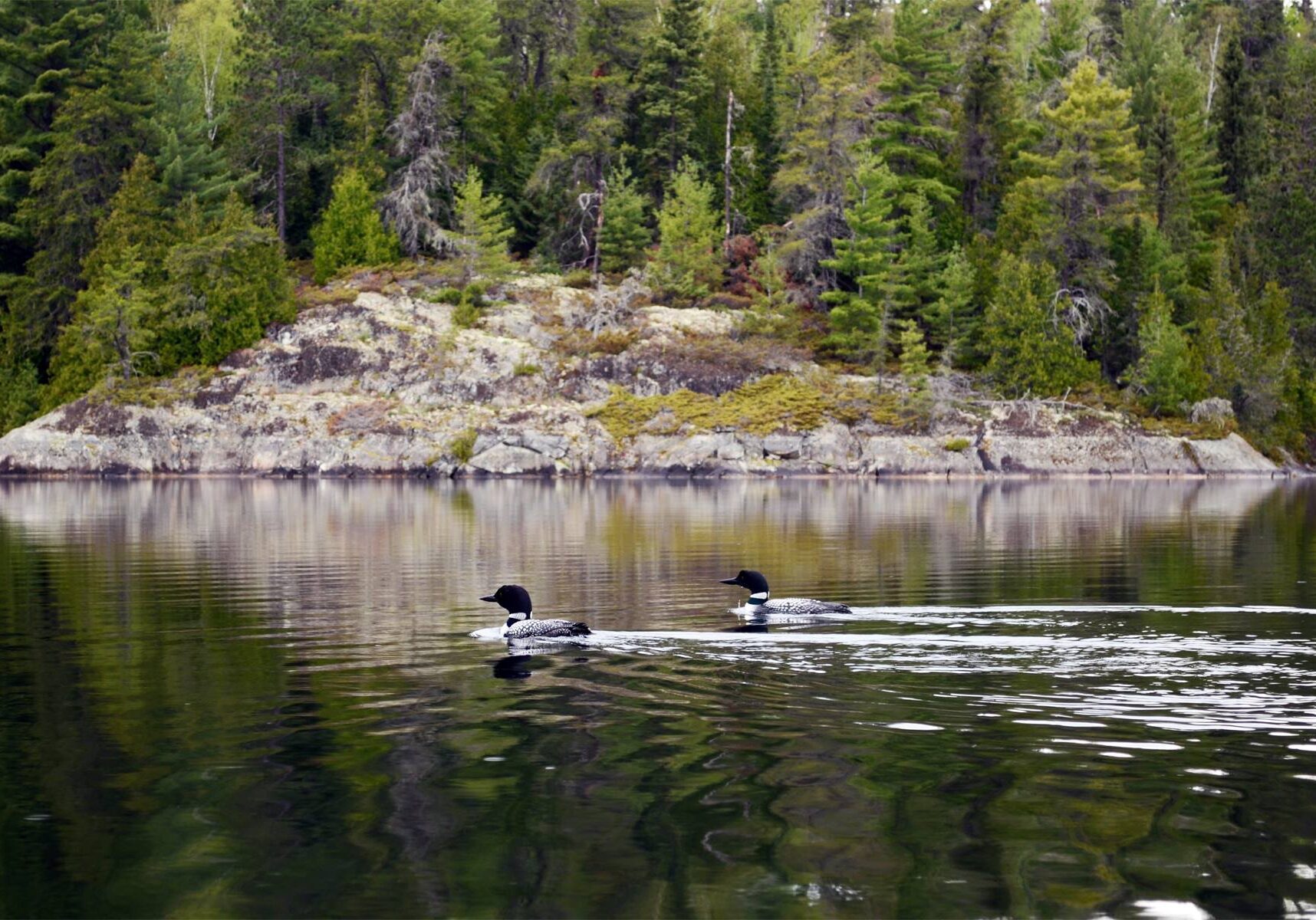Sign up for our newsletter to receive updates about new articles, great deals, and information about the activities you love and the gear that makes them possible:
Have You Read Our Other Content?
Map Mondays – Week 11 – Morgan to Lake One
As part of our continuing series on the “route planning game,” we are creating routes using randomly selected entry points, exit points, and number of days to create unique and fun BWCA routes. This week’s route running from one of the BWCA’s quietest entry points to one of the busiest, embraces a mentality of solitude…
Map Mondays – Week 6 – Duncan to Duncan
As part of our continuing series on the “route planning game,” we are creating routes using randomly selected entry points, exit points, and number of days to create unique and fun BWCA routes. This week is a nice sightseeing and exploring kind of route entering at Duncan Lake east of the Gunflint Trail. Total Mileage:…
A Fire Perspective: 200 Years of Wildfires
Few natural processes inspire the fear and awe that wildfires do. In nature, fire is a seeming paradox of death and new life. Gigantic, swirling infernos that engulf the landscape in an unheeding wall of flame become landscape-level scars healed by green shoots and wildflowers. And here on the southern edge of the boreal forest,…
Leave it to Beaver – How Beavers Change the BWCA
When I study nature, I love to learn about the superlatives. I appreciate how the tallest mountains, the biggest trees, or the oldest animals have a way to serve as ambassadors, helping people to appreciate the natural world even if they don’t understand the “nitty-gritty” science of everything. It’s with this mindset that I set…
Map Mondays – Week 2 – Kawishiwi Lake to Stuart River
As part of our continuing series on the “route planning game,” we are creating routes using randomly selected entry points, exit points, and number of days to create unique and fun BWCA routes. This week is a fast-moving 5-night trip from Kawishiwi Lake to Stuart River. It crosses some of the quietest stretches of the…
How to Plan a BWCA Route: The Treebear Way
Amidst guiding, outfitting, and plenty of personal trips in between, I’m blessed to have “crossed the line” into the BWCA 88 different times. I look back at all those incredible memories and know beyond a shadow of a doubt that the Boundary Waters still has plenty of surprises in store and so many more breathtaking moments to come. I also believe I…
Smoke On the Horizon – How Fire Towers Changed BWCA History
A drive out from Ely today, and you won’t see many fire towers. They’ve vanished as antiquated methods of dutiful rangers past. But less people remember how those fire towers have shaped our wilderness experiences.
Flying South – Where Do the BW’s Birds Go?
Every winter, the forests of canoe country fall silent as so many of the sounds of summer fade with the season. With the coming of winter’s chill, many of the birds that call these wild shores their summer home head south to milder wintering grounds from the rivers of southern Minnesota, the southern states, all…


